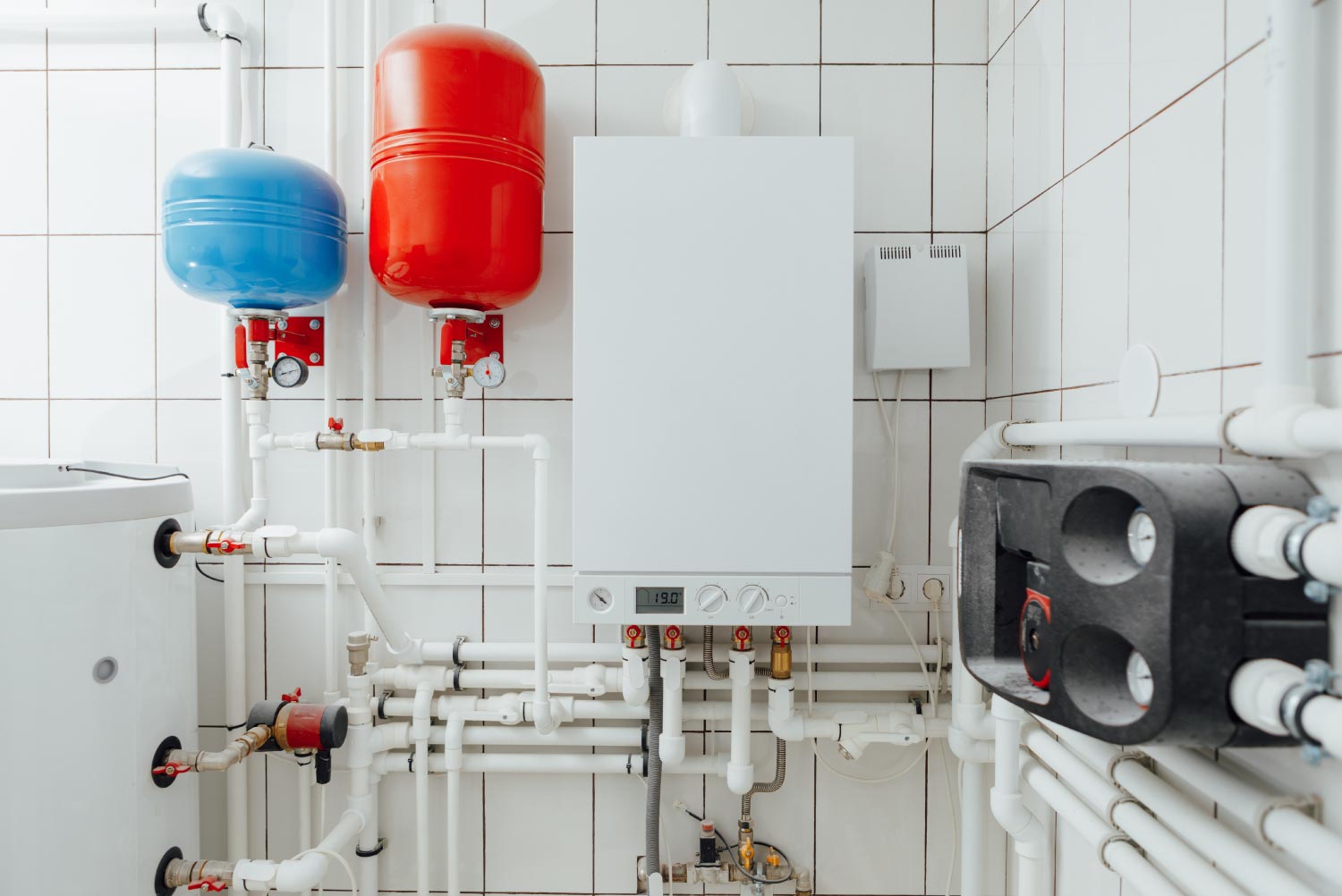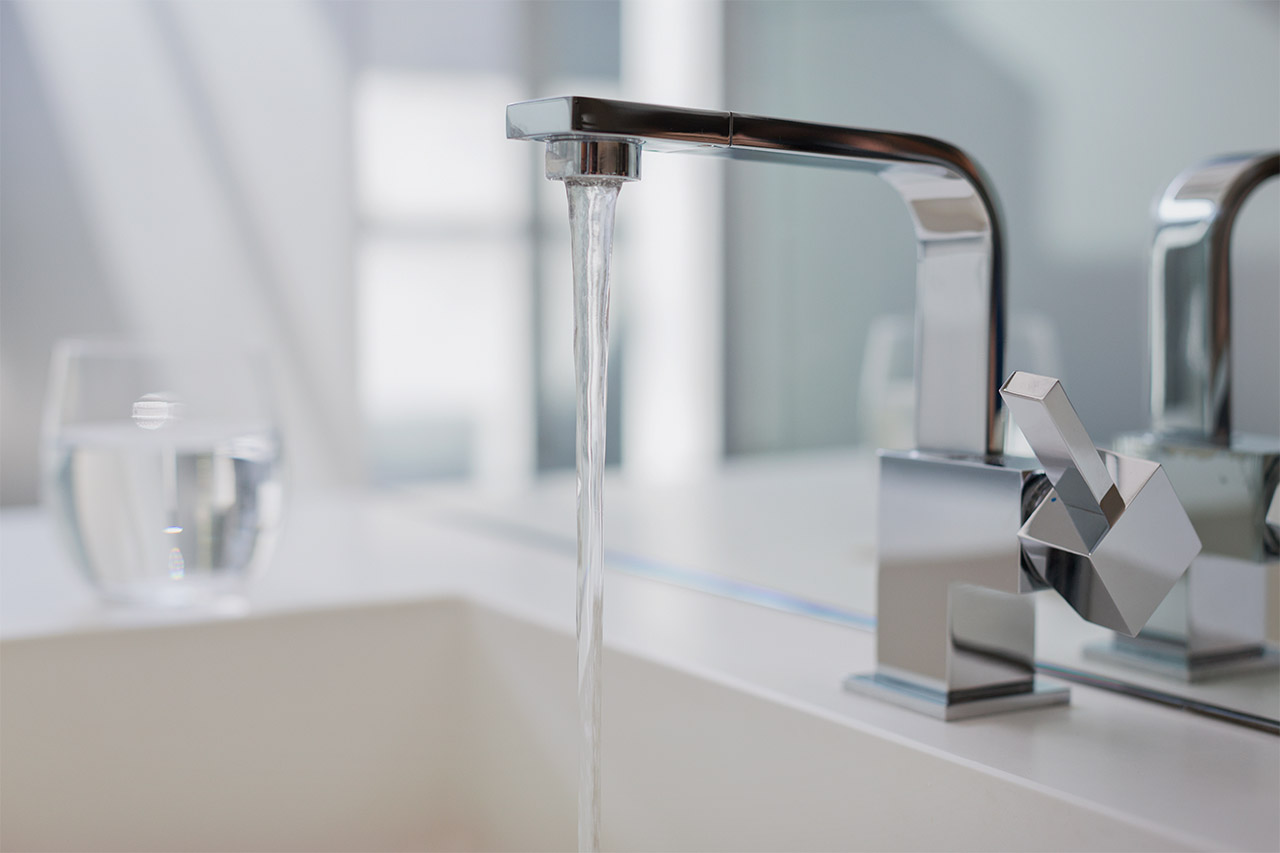
Mr. Rooter Plumbing of St. Louis
Mr. Rooter Plumbing of St. Louis
When you need fast, reliable plumbing services in the St. Louis area, turn to Mr. Rooter Plumbing of St. Louis. Our local, licensed plumbers provide quality plumbing repairs, maintenance, and drain cleaning services. Call our friendly dispatch team anytime and we'll send one of our uniformed, courteous plumbers to your door ASAP.
"I had 2 emergency toilet shut off valves replaced. Bradley did a great job. He had some extra work to do in 1 of mthe bathrooms. i highly recommend! Tom "
Tom K on May 2025
When you need fast, reliable plumbing services in the St. Louis area, turn to Mr. Rooter Plumbing of St. Louis. Our local, licensed plumbers provide quality plumbing repairs, maintenance, and drain cleaning services. Call our friendly dispatch team anytime and we'll send one of our uniformed, courteous plumbers to your door ASAP.
"I had 2 emergency toilet shut off valves replaced. Bradley did a great job. He had some extra work to do in 1 of mthe bathrooms. i highly recommend! Tom "
Tom K on May 2025















